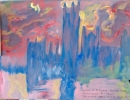
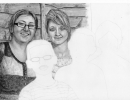
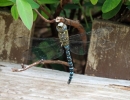
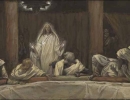
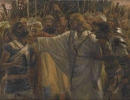
Thought I would share with you something I have discovered about ‘Facial Features’ while drawing Portraits. Although almost everyone has a unique appearance, there are also huge similarities amongst the face of each person (probably some rare exceptions). So while … Continue reading
Hair is a tough thing to draw. I have had some great feedback from people who loved how I did my hair, while one has told me my hair looks a tad scruffy and I should practice. It depends on … Continue reading
Also See: 'Where to start drawing?' <Click Here> Also See: 'Eyes, Ears & Nose Placement <Click Here> ————————- A Friend asked me for some advice for his daughter just starting out in Art ============== My advice for beginners. I am … Continue reading
Also See: 'Basic Advice for Beginners' <CLICK HERE> Also See: ' Eyes, Ears & Nose Placement' <CLICK HERE> ————————————————- A Question I was asked: How do you know where to start drawing a picture ? with 5 people in it ? … Continue reading
This is the line up of my most used tools when doing portraits in graphite. You may find it strange to see a compass and builders sharpener in this photo? Actually I find those items extremely important tools! Compass: – … Continue reading
So my first time using Tortillions was home made ones. I got frustrated with not knowing how to blend a face and did some research which led me to make my own set of tortillions and try them out. Early … Continue reading
UPDATE: For my results of using 'Tortillions & Stumps' < CLICK HERE > ———————- Drawing peoples faces has always been a challenge for me and I am sure I am not the only one who found that I can get … Continue reading